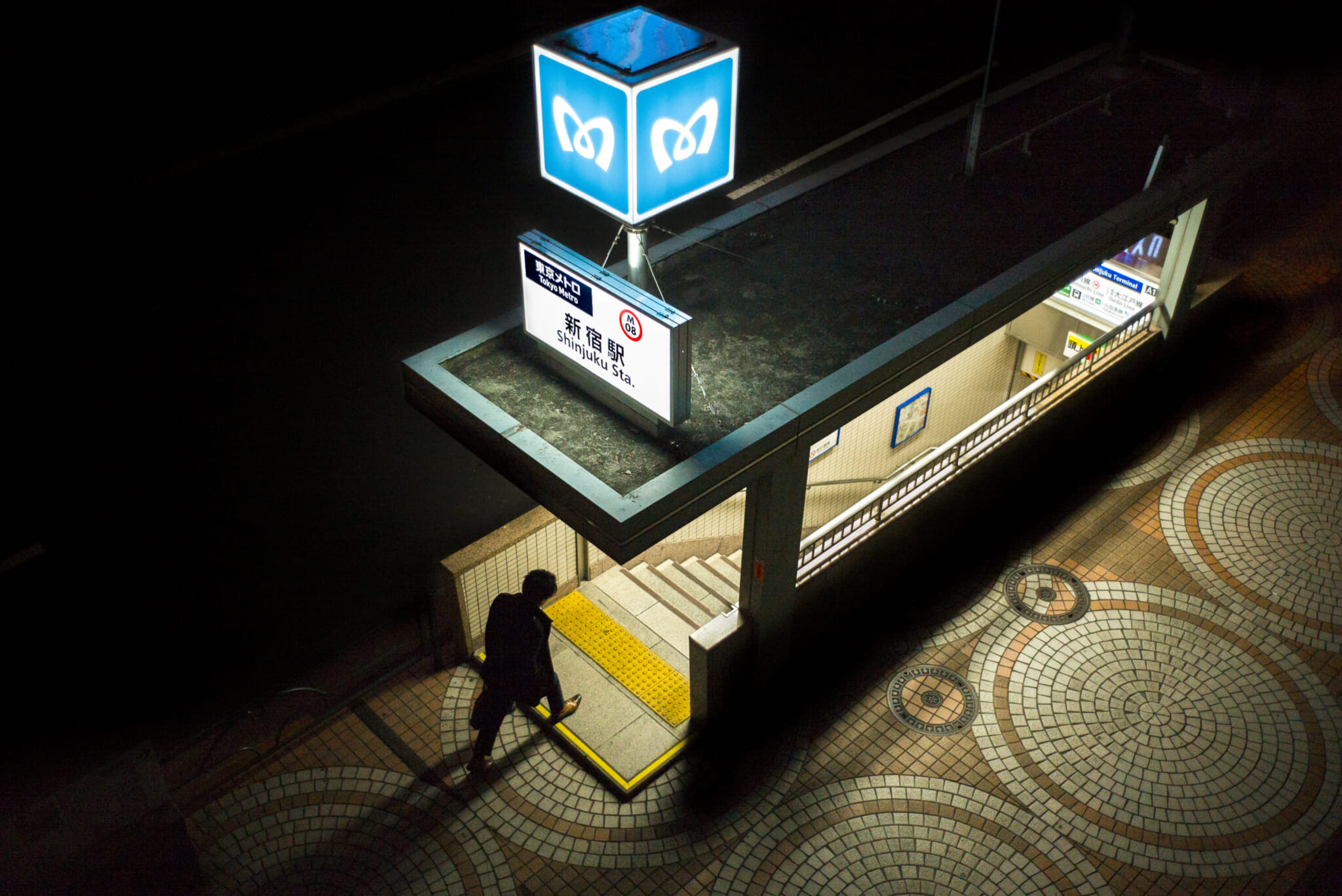This article appeared in Tokyo Weekender Vol. 2.
To read the entire issue, click here.
One day, I won’t be here anymore. The same goes for anyone else who reads this. That’s the deal we make in life. This concept doesn’t only apply to people; it also applies to places. Tokyo is an ever-changing city, and parts of it live and die just like we do. One day, an old building or store will be there, oozing with the charm of days past and reflecting the lives of those who’ve inhabited it throughout the years. The next day, it could be gone.
This concept of transience and life and death is something that British photographer Lee Chapman understands in every sense imaginable. Since moving to Japan more than 20 years ago, he has used photography not only to document the dynamic landscape of Tokyo but also as a means of coping with an immense personal tragedy that has reshaped his entire reality. A loss that, through the lens of his camera, has driven him to preserve what ultimately cannot be saved.
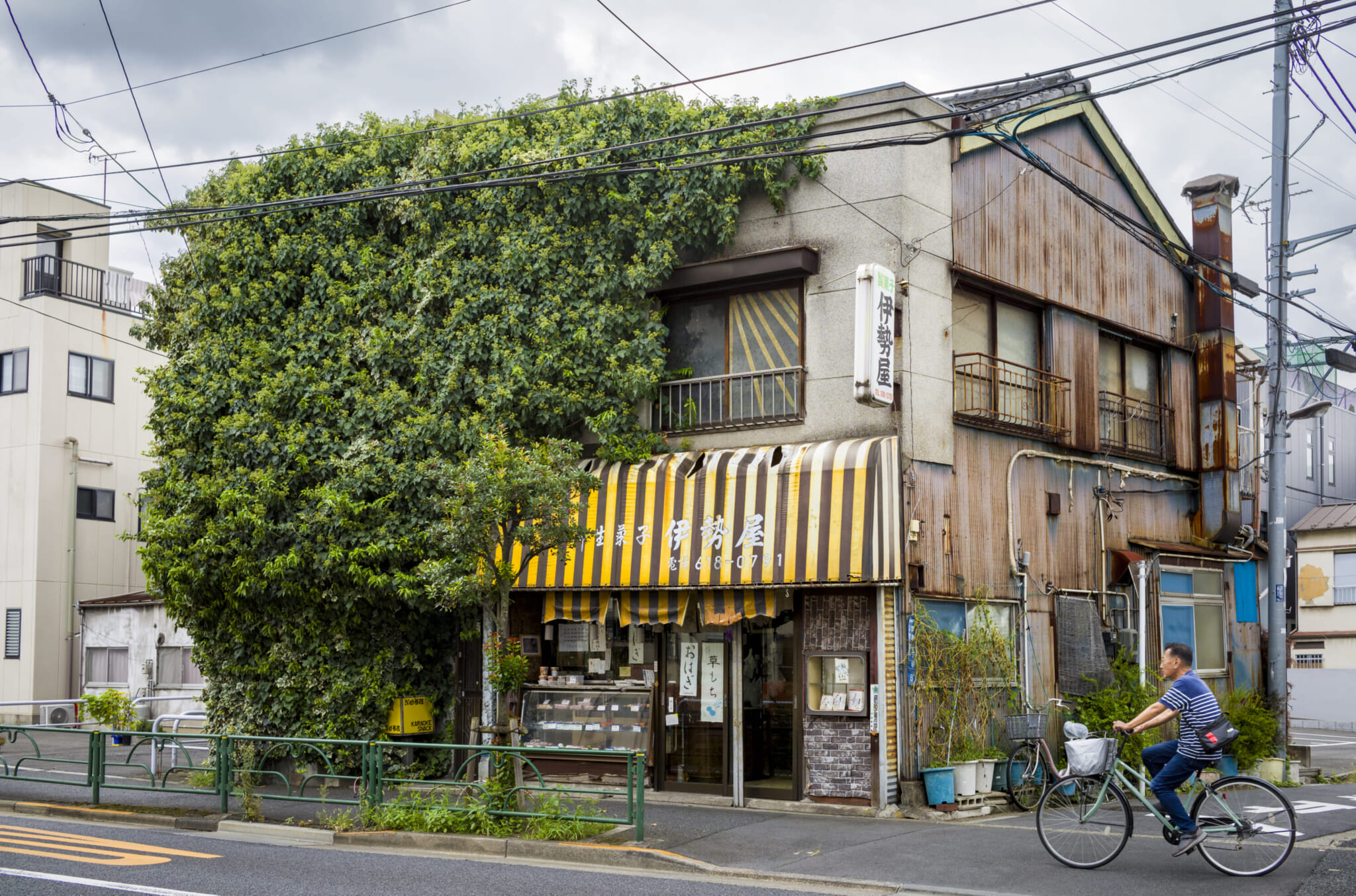
Arriving With Nothing
I meet Chapman in a Shinjuku kissaten, the smell of coffee and secondhand cigarette smoke lingering in the air. “I first came to Japan at the end of the 90s,” he reminisces. “It’d be nice to say I came for some artistic or cultural reason, but the reality is it was little more than on a whim. The plan, if you could actually call it that, was just to stay for a couple of years.” It was a bold move, especially considering that he did it in an era before the smartphones and translation apps we rely upon today.
Inspired by the juxtaposition between his home city of Manchester and the neon streets of Tokyo, Chapman first picked up a camera as a hobby after touching down in Japan. “I took up photography when I came here to document the new country I was living in. But nothing serious,” he emphasizes. “Then, with the advent of digital photography and all the relative ease and immediacy that offered, I quickly became possessed with an enormous desire to improve my skills.”
Over time, as both his Japanese language and photography skills progressed, Chapman’s images evolved from simple documentation into intimate portraits of life in Tokyo as lived by its local inhabitants. Today, his portfolio glows with scenes of cramped izakaya, elderly citizens in equally old homes and benign moments of daily life made impactful through a mixture of perfect timing and expert composition. They’re the kind of photographs you don’t only look at but feel as well.
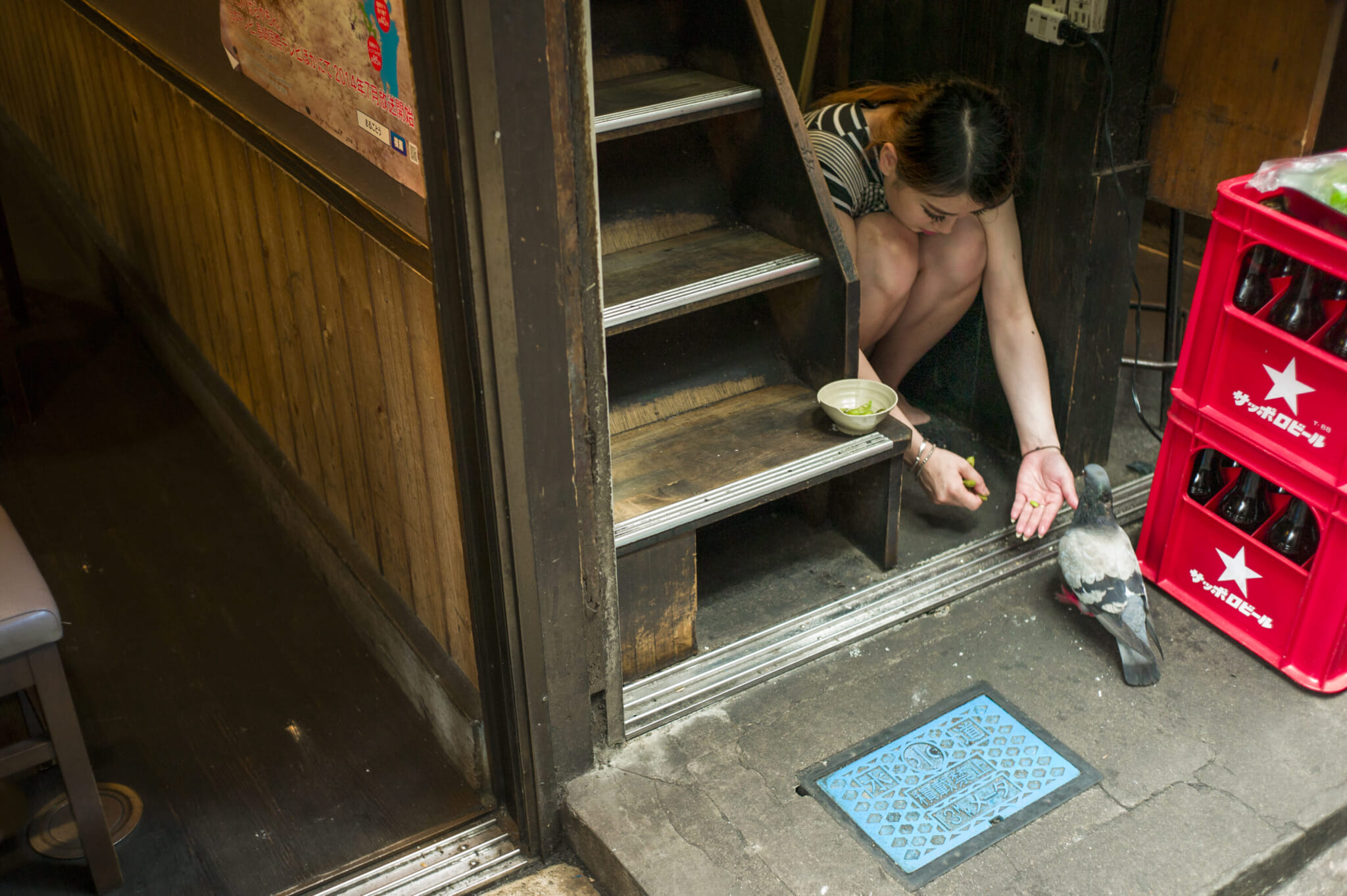
… Only To Find Everything
Chapman never envisioned that a couple of years in Japan would turn into decades. But as the years passed and his photography amassed an online following, he launched a successful photo walk business, in which he takes aspiring photographers on walking tours of Tokyo; published a collaborative photobook; and also met his wife, Akiko.
Chapman’s photo walks are designed not only to show the endangered scenes that wait in the backstreets of Tokyo but also to help people understand them. “Essentially, I want to show people a different side of Tokyo,” he explains. “Because they are locations I’ve been visiting for years, I can share personal stories of the people I’ve met and photographed there, along with some history and the ongoing changes in general.”
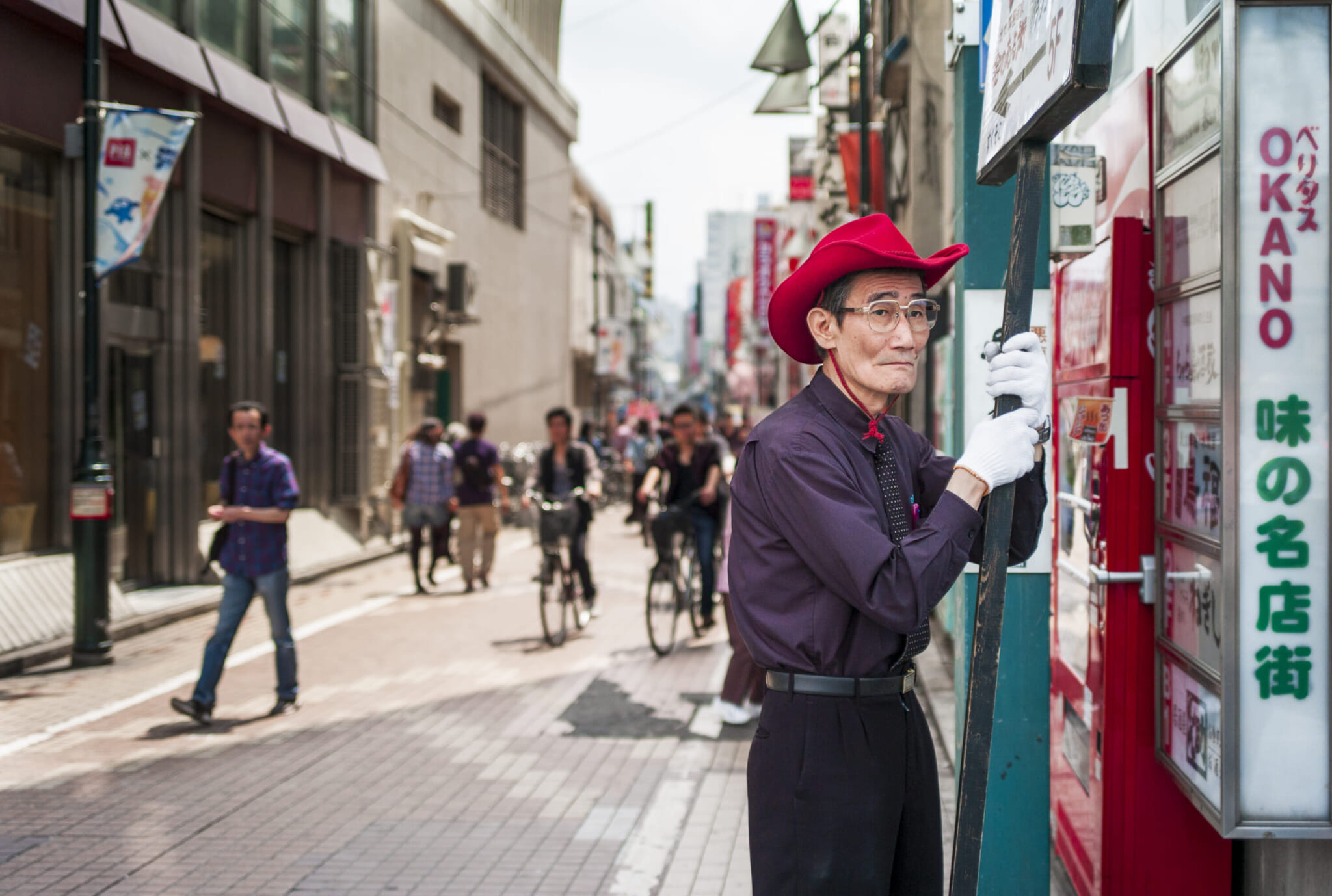
On the table between us, serving as both an extension of his photo walks and a unique creative concept in its own right, sits Tokyo Conversations, a collaborative photobook by Chapman and his photographer friend Giovanni Piliarvu. It sings with imagery that could only have been collected by someone possessing an intimate connection with Tokyo. “Giovanni came up with the idea of a visual conversation,” Chapman shares. “In its simplest form, he’d send me a photo, and then I’d reply with an image of my own. All done with no words or explanation. Our responses could be in relation to colors, feelings, lines, etc. Anything, really. The only rule we had was that every image had to be taken in Tokyo.”
The result is a work that clearly tells a story while also allowing the reader room to interpret things in their own way. Some images speak clearly to each other, like a man asleep in a barber’s chair followed by another man laid out across a row of train station seats, while the connection between others is more subtle, with parallels existing within composition or the clothing of a subject — a method of storytelling that ensures every reader is taken on a slightly different journey.
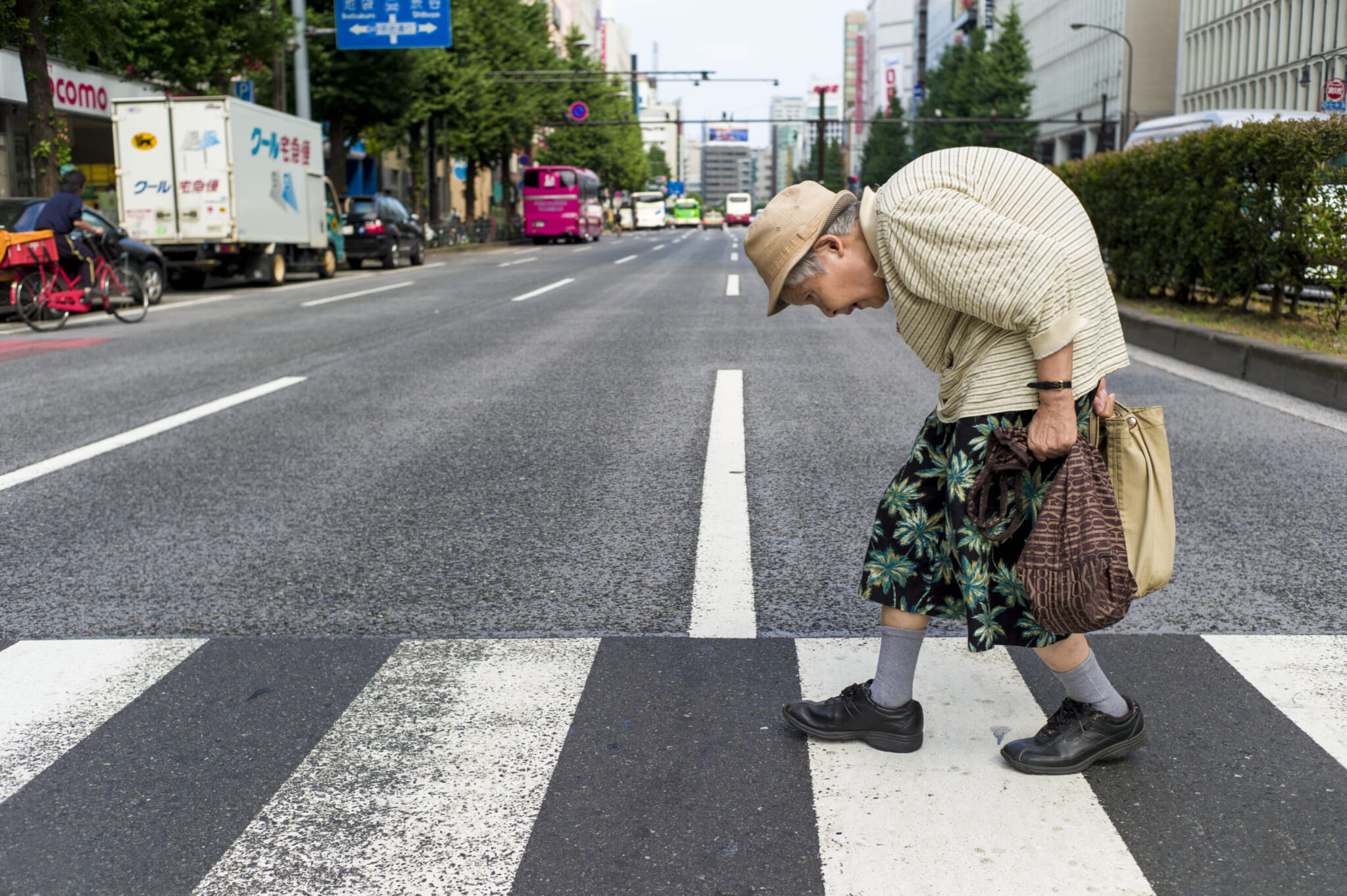
As I flick through the pages, the mixture of color and monochromatic images each vying for my attention, it’s evident that Chapman has established not only a name for himself but a distinct artistic voice as well. But as we discuss the work that went into creating the book, it becomes clear that it was more than just a creative project. “It was all done during the pandemic, which in many ways was the perfect time to do it — a chance to go through our archives and slowly ponder which photo response worked best,” he recalled. “But at the same time, it was also a period of incredible stress and heartbreak for me.”
Love in Life and Art
While also throwing the world into disarray, the pandemic and the subsequent slowing of daily life gave Chapman the space needed to focus on Tokyo Conversations. Though it was originally undertaken as a form of creative expression between friends, the book soon became an island of respite amid a sea of personal tragedy. “I was caring for my terminally ill wife, Akiko, so thinking about the book when I could helped me switch off a little,” he explains. “Then in the summer of 2021, her unbelievably brave and stoic fight tragically came to an end.”
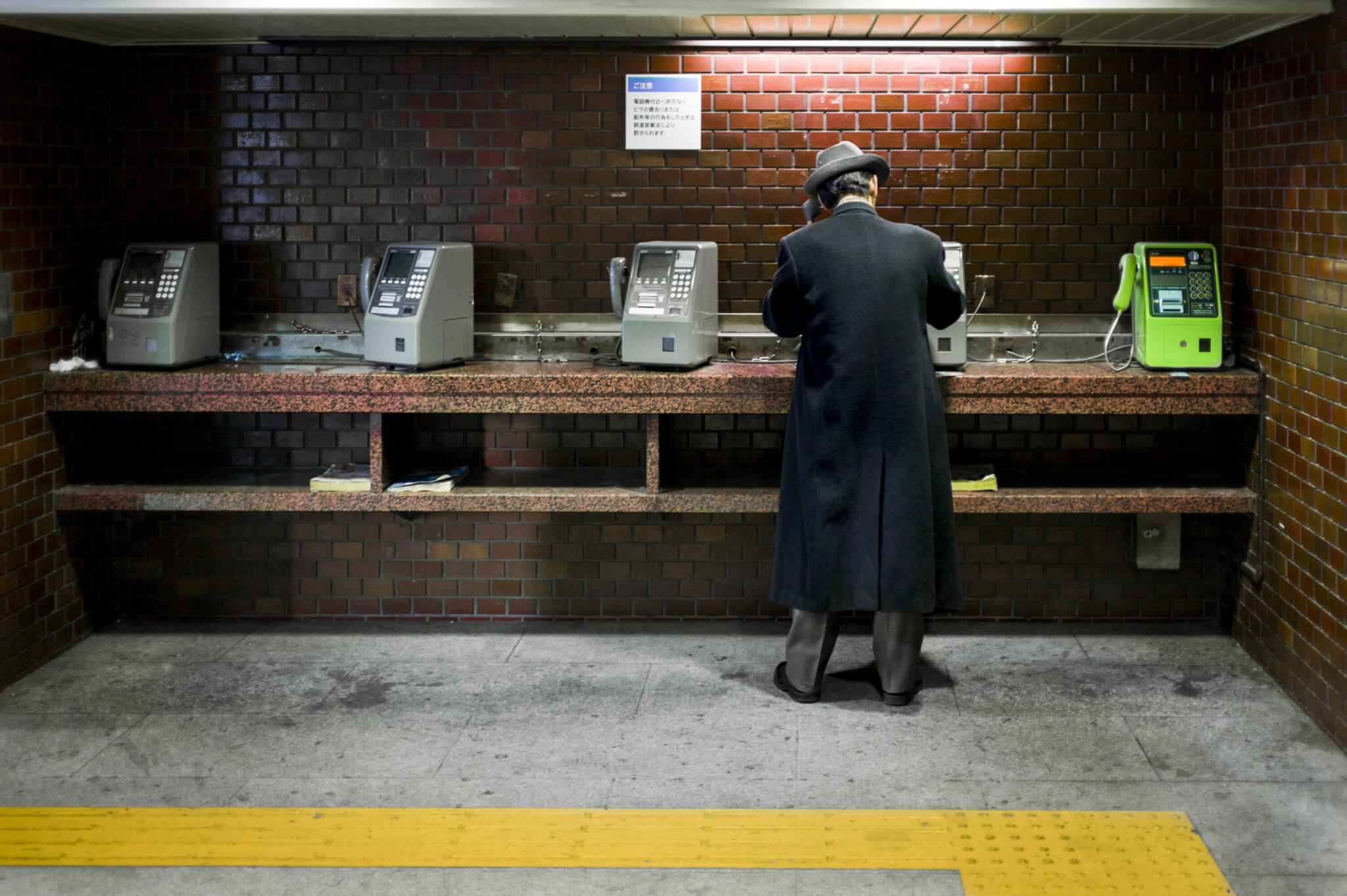
He had been with Akiko for 20 years. This immense loss shook Chapman’s world to its very foundations, changing him in ways that, even now, he struggles to quantify. It’s a pain that he credits photography with helping him carry: “Needless to say, that heartbreak has affected my life in so many ways, a lot of which I’m aware of, but undoubtedly, there is so much more I don’t even know about. I can honestly say that, without photography, it would have been immeasurably more difficult. Impossible, maybe, during the darkest times.”
Chapman says that the pain of losing Akiko has fundamentally reshaped his approach to photography and his understanding of its underlying purpose. “Of course, losing Akiko changed how I see the world, and how I now try to live my life. Grief and the horribly stark awareness of how short and precious life is does that to everyone,” he says.
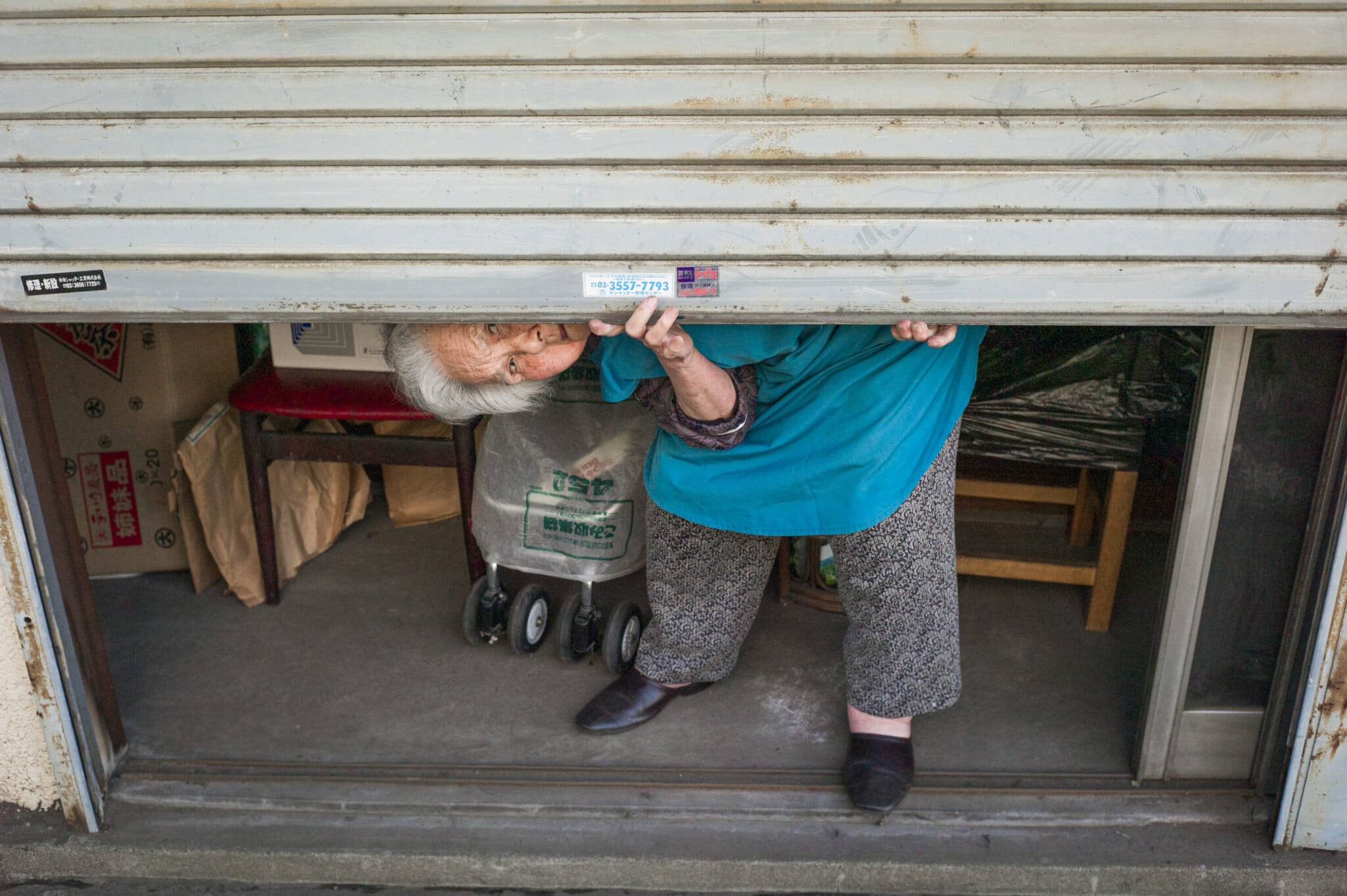
“It [also] changed my photography — not in regards to looks or techniques, but in what I photograph, and what I want to try and say. More and more, I found myself photographing the parts of Tokyo that were changing the most, and in turn, the people who inhabit those places, like I was in a race of sorts. Images that, when put together over time, tell stories, invariably stories of loss and death, the before and after. Lives and parts of the city that were seemingly disappearing without a trace.
“By capturing aspects of the past, it felt like keeping hold of something. Preserving it in time, almost — a subconscious decision in many ways. It took me a while to realize what I was actually doing. I lost what was most precious to me and my life, and there was nothing at all I could do about it, but with photography, I could at least save parts of the city, a place that I’ve grown to love, and, for better and worse, still call home.”
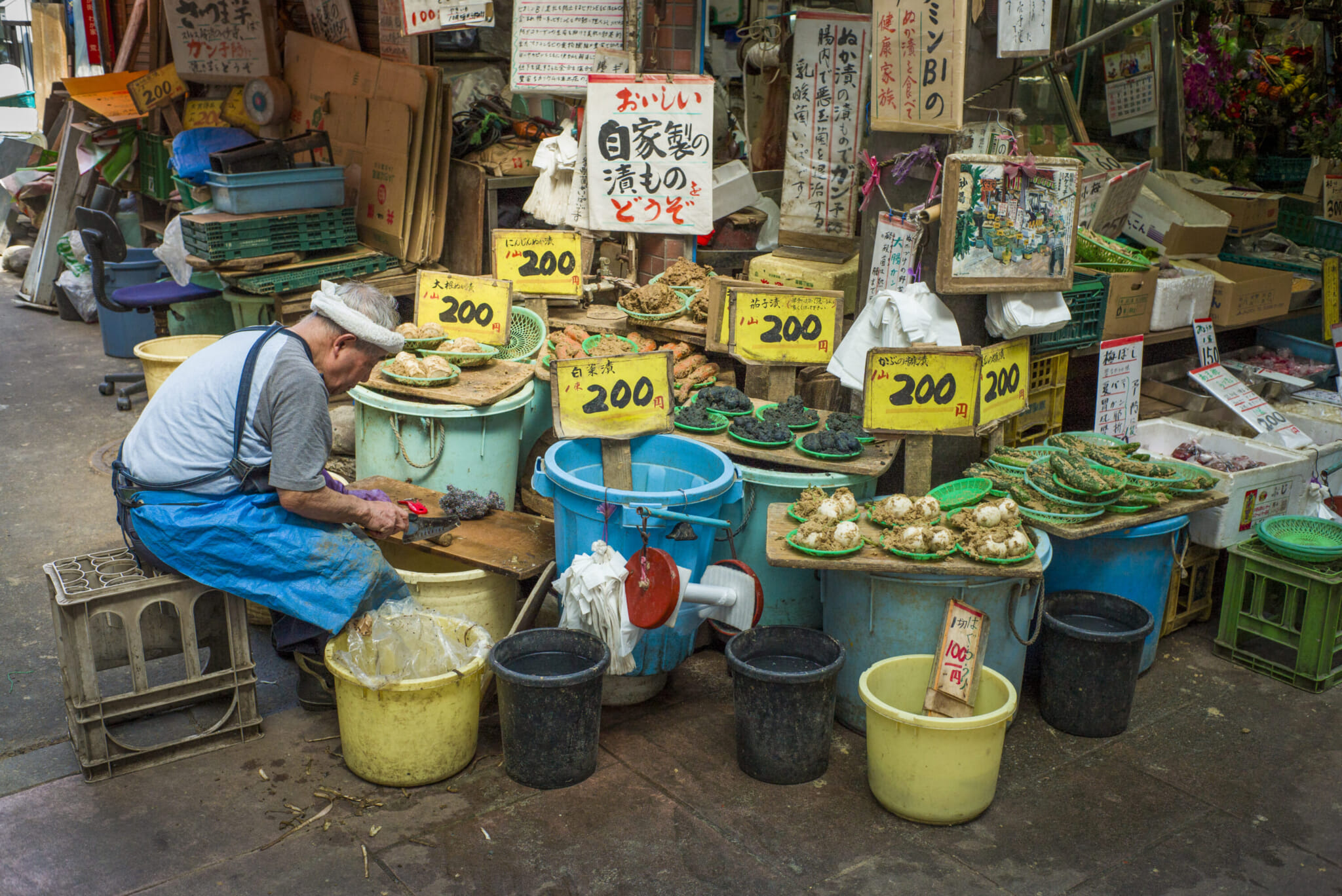
With our coffees and conversation finished, I find myself in awe of Chapman. Like him, I also came to Tokyo without a plan, so I know how daunting it feels to leave one life behind in pursuit of a new one. But I can’t begin to fathom what it takes to continue on in spite of such loss. As we prepare to leave, I take one final look inside the cover of Tokyo Conversations and see that it’s been dedicated: “For Akiko. Forever.” Never have I seen so much said in so few words.
For more about Lee Chapman, you can follow him on Instagram at @tokyotimes_lee, where you’ll also find links to his photo walks and works.

